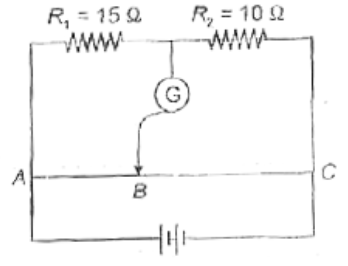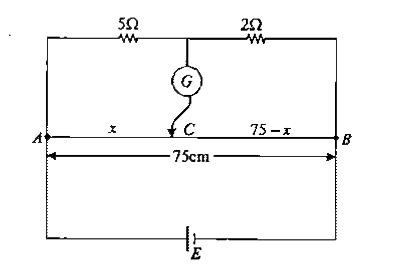Practical diagram for meter bridge is as shown in figure.
(a) G deflects zero, when l1=20cm and R=100Ω then find X.
(b) If R and X are interchanged then find l1 for zero deflection.
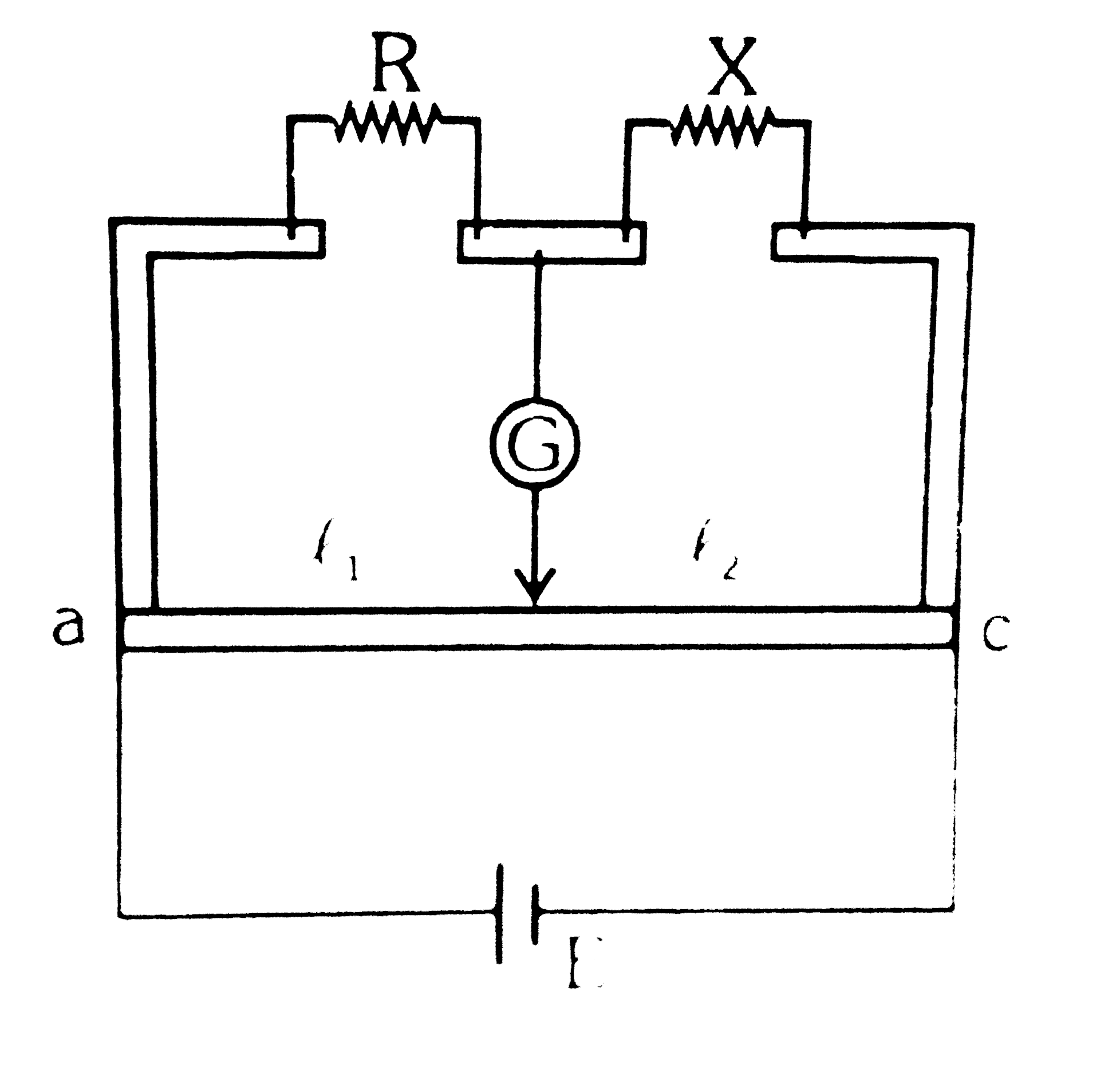
(a) l1=20cm,l2=100−l1=100−20=80cm,R=100Ω
PQ=RS⇒l1l2=RX⇒2080=100X⇒X=400Ω
(b) l1100−l1=XR=400100⇒l1=80cm or R and X interchane then l1,l2 interchanged.
Topper's Solved these Questions
Similar Questions
Knowledge Check
- Question 1 - Select One
The potentiometer wire AB shown in figure is 50cm long.When AD=30cm, no deflection occurs in the galvanmeter.Find R.
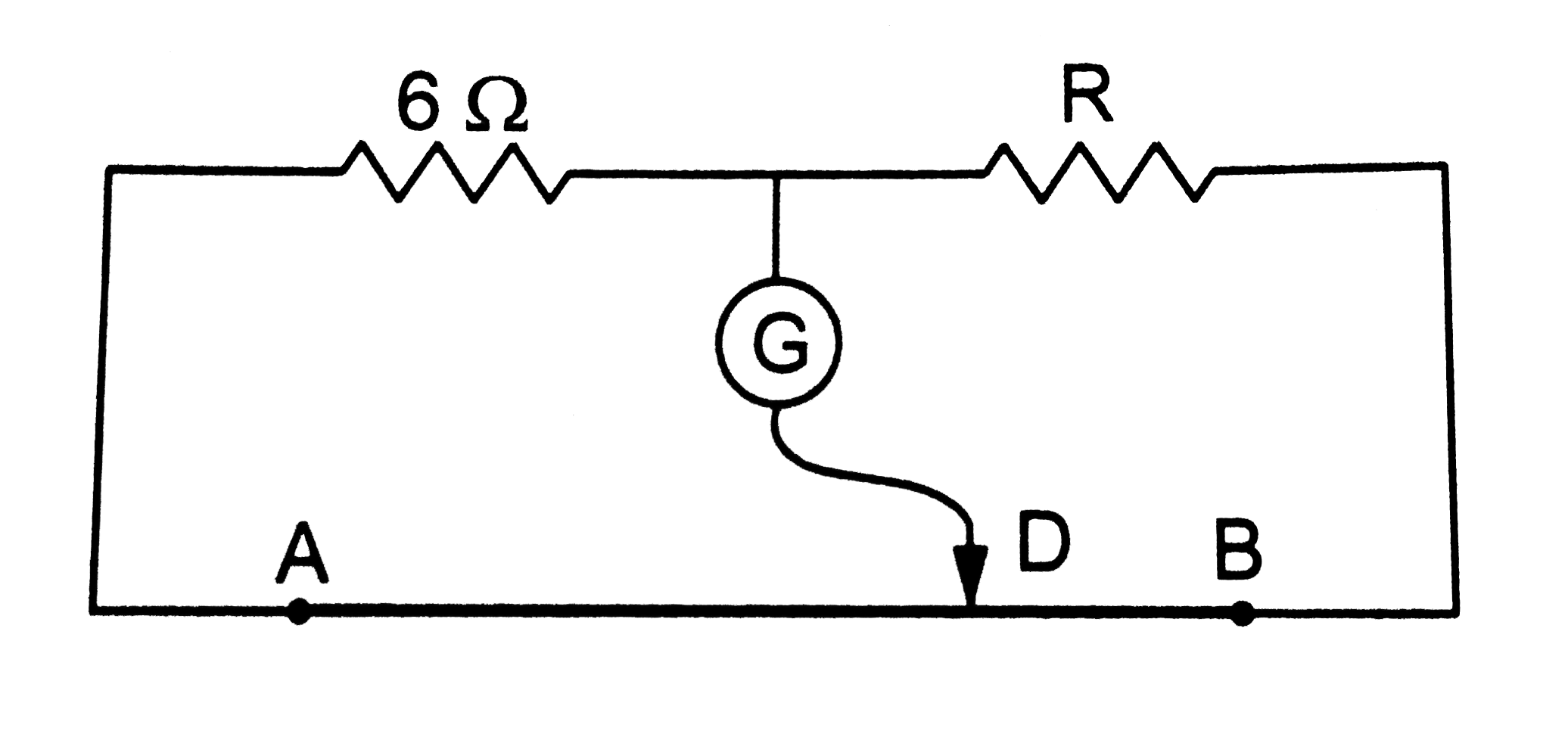 A1ΩB2ΩC3ΩD4Ω
A1ΩB2ΩC3ΩD4Ω - Question 2 - Select One
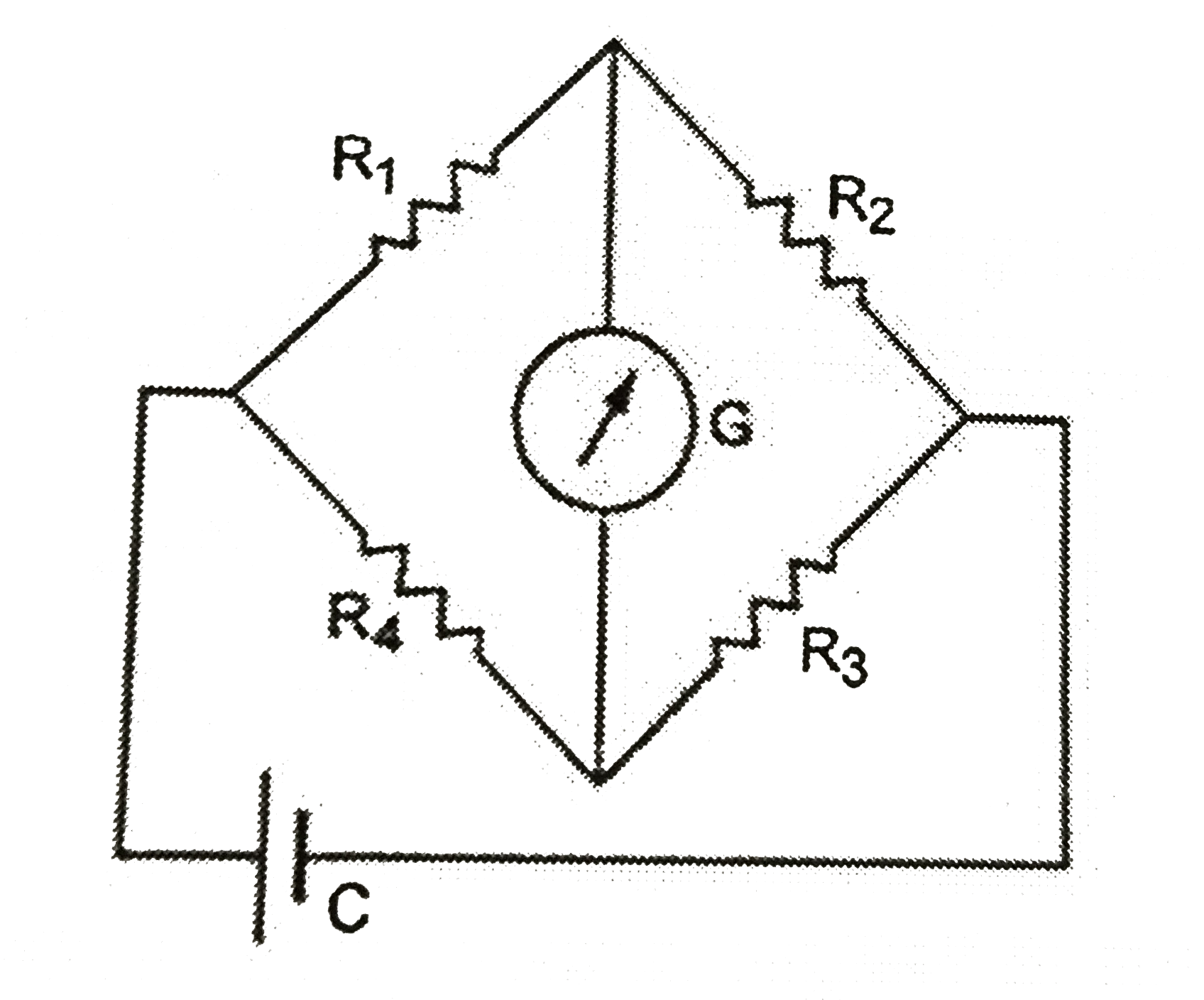
The Wheatstone bridge shown in the above figure is balanced. If the positions of the cell C and the galvanometer G are now interchanged, G will show zero deflectionAin all casesBonly if all the resistances are qualConly if R1=R3 and R2=R4Donly if R1/R3=R2/R4 - Question 3 - Select One
In a meter bridge circuit as shown in the figure, the bridge is balanced when AJ=20 cm. On interchanging P and Q the balance length shifts by
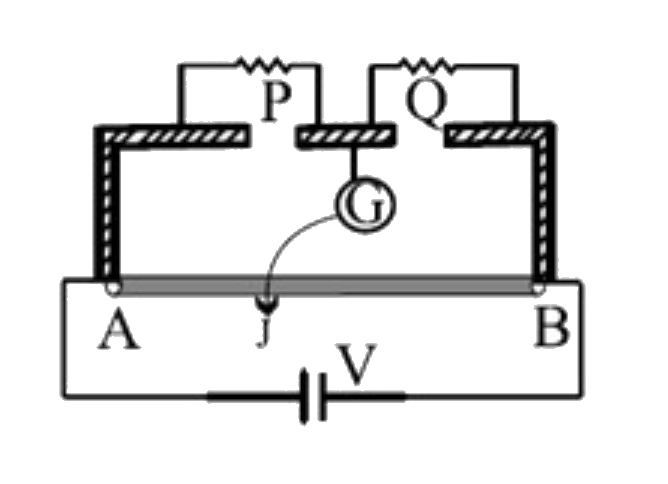 AzeroB80 cmC40 cmD60 cm
AzeroB80 cmC40 cmD60 cm
In the curcuit shown in figure R1=R2=R3=10Ω. Find the currents through R1 and R2
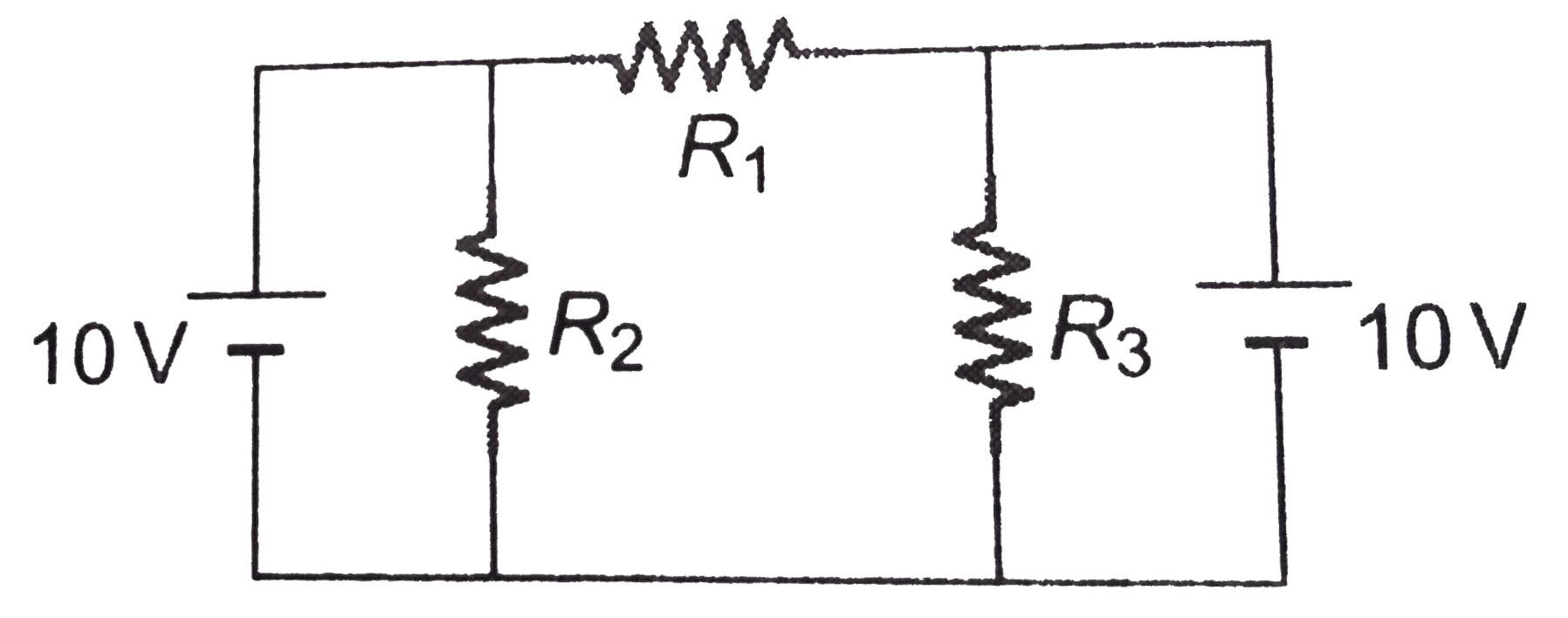 View Solution
View SolutionFigure (a) below shows a wheat stone bridge in which P, Q, R, S are fixed resistances, G is a galvanometer and B is a battery. For this particular case the galvanometer shows zero deflection. Now, only the positions of B and G are interchanged, as shown in figure (b). The new deflection of the galvanometer -
 sView Solution
sView SolutionFor the potentiometer arrangement shown in the figure, length of wire AB is 100 cm and its resistance is 9Ω. Find the length AC for which the galvanometer G will show zero deflection.
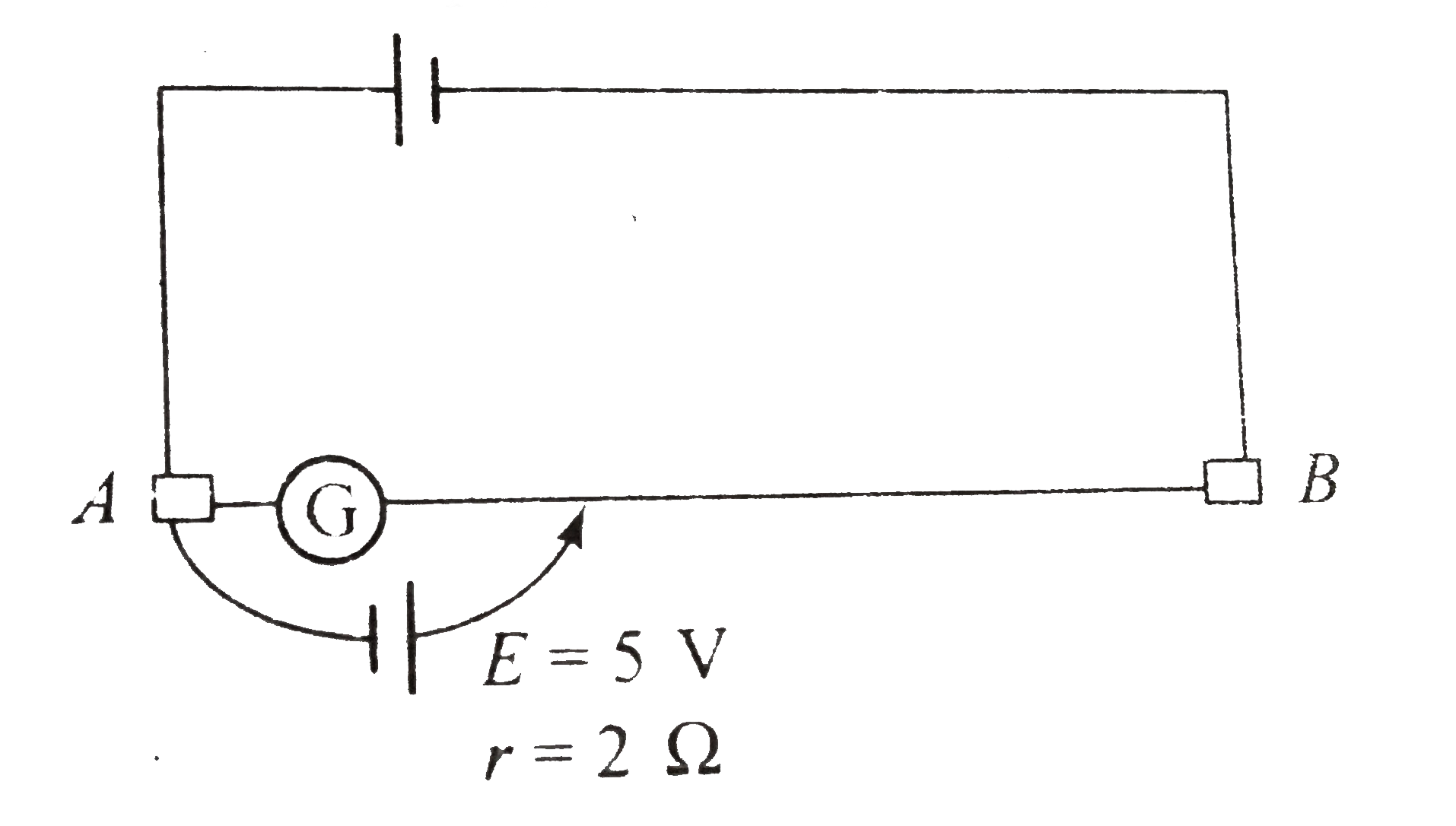 View Solution
View SolutionThe Wheatstone's bridge shown in the Fig. A2.5 is balanced. If the positions of the cell C and the galvanometer F are now interchanged, G will show zero deflection
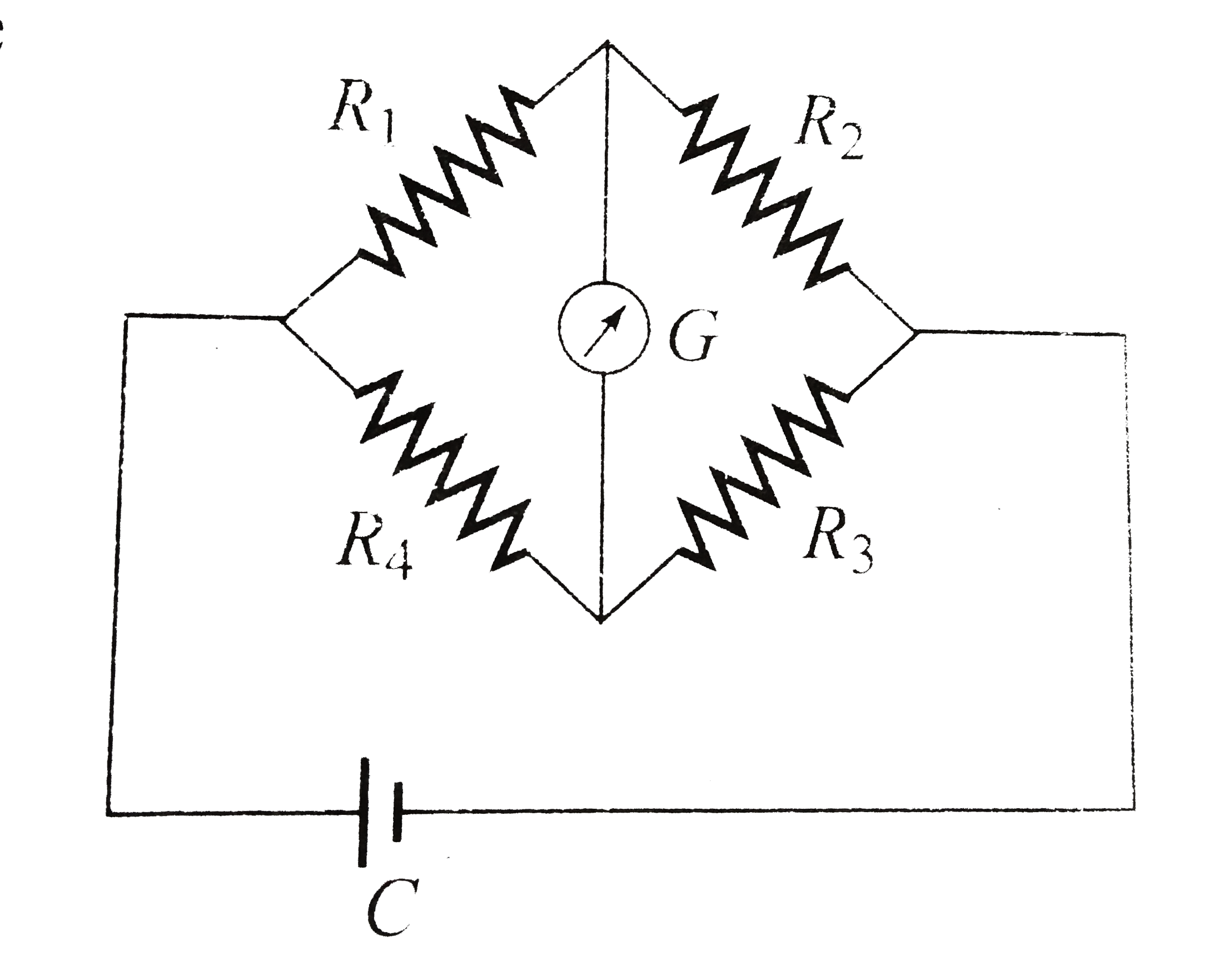 View Solution
View SolutionIn the circuit shown in fig. XC=100Ω,(XL)=200ΩandR=100Ω. The effective current through the source is
 View Solution
View Solution


